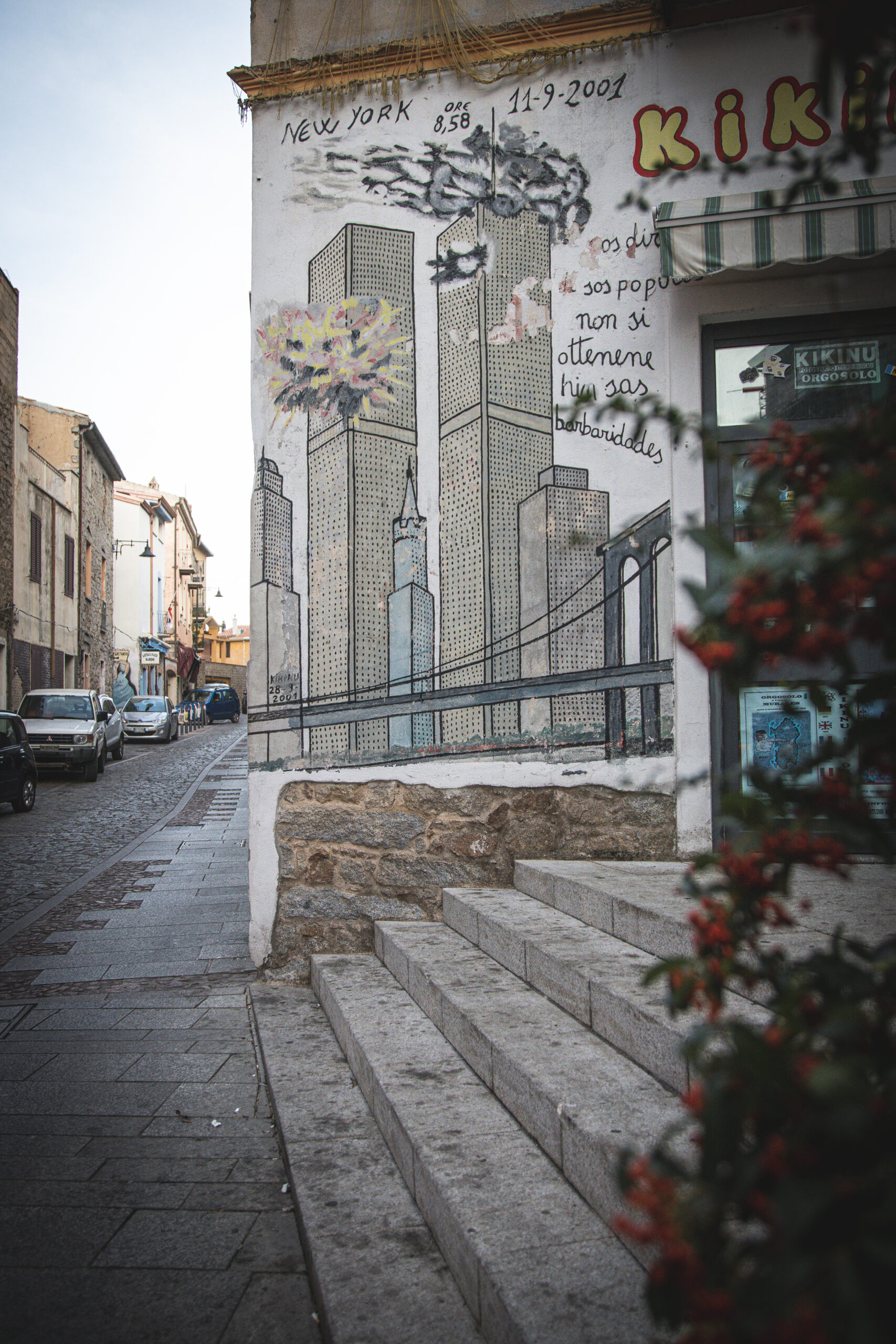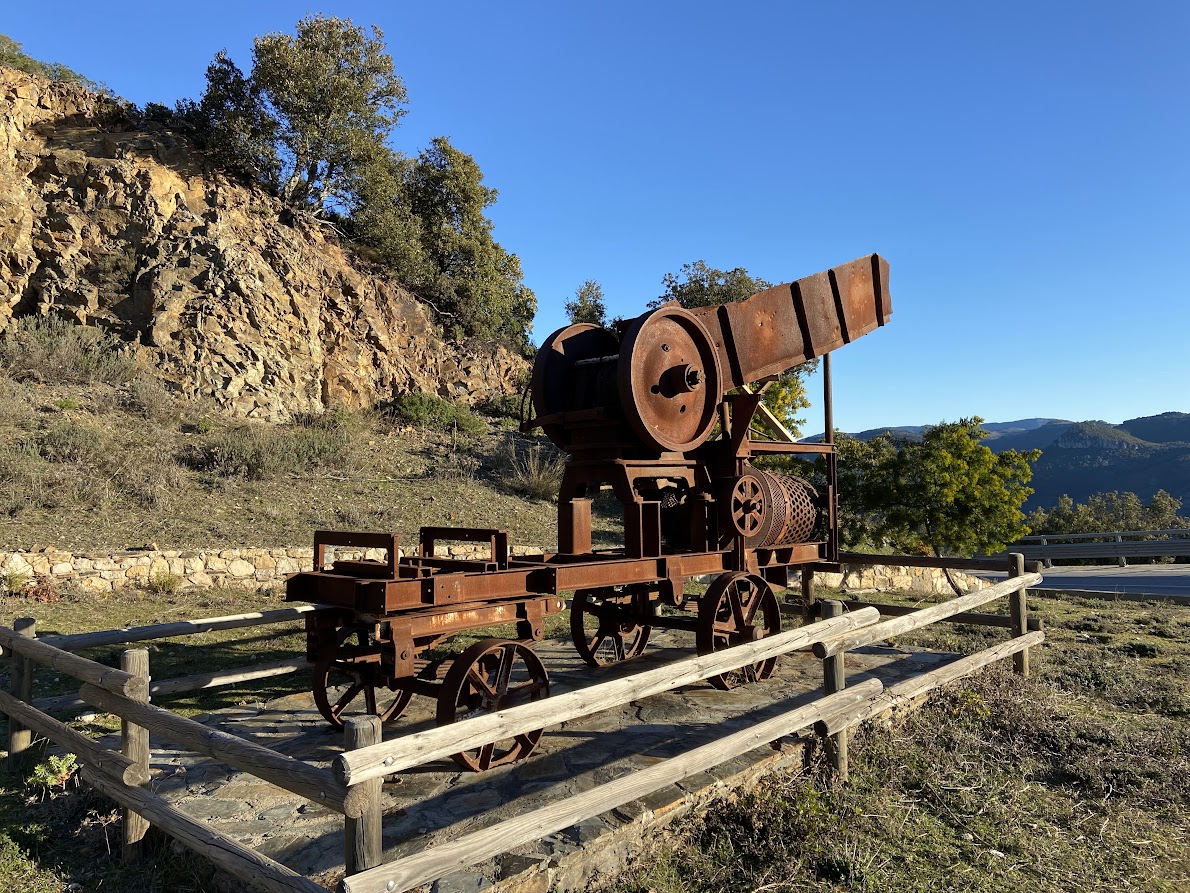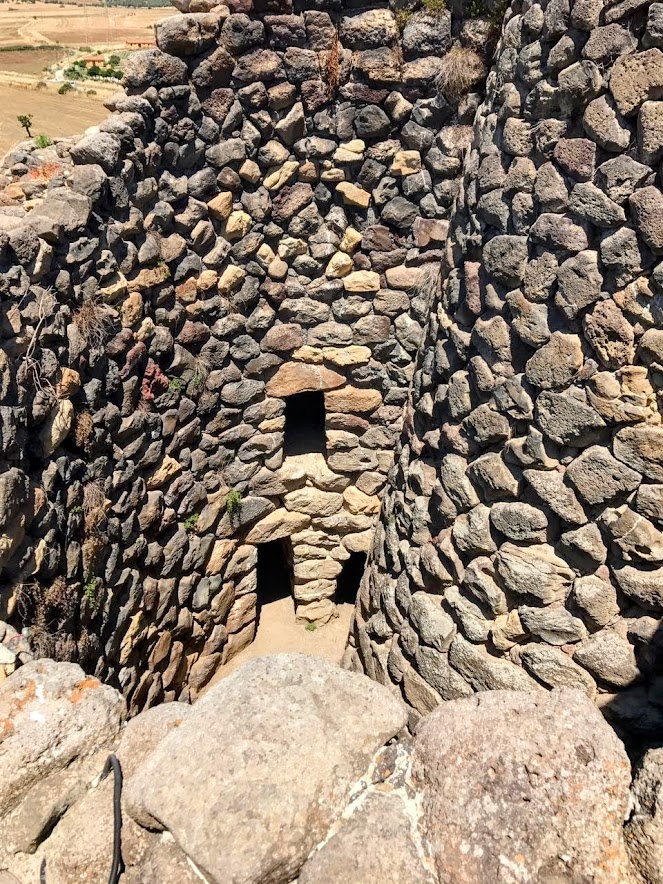
Sardinia and the world of cinema
Sardinia as a deserted island or as a rough and wild island of bandits and family feuds. In all these forms Sardinia is depicted in films. The natural beauty of the island is captured most often in the works of both local Italian and world cinematography, many authors also depict cultural characteristics and Sardinian traditions. There are many movies set in Sardinia, and many more that were shot on the island but passed off as the Caribbean, Mexico and even Scotland. The first pictures shot in Sardinia were created at the very beginning of cinematography, shortly after the first films of the Lumiere brothers. In 1899 the director Francesco Felicetti Voyage du Roi Humber Ier en Sardaigne filmed here five short films, capturing the visit of King Umberto I. and Queen Margherita to the island. Since then, many different films have been made in Sardinia – several masterpieces of original cinematography, many unforgettable films of world productions, including westerns, science fiction and espionage films. And which places in Sardinia are among the most iconic on film screens? CALA LUNA – One of the most beautiful and famous beaches of the Orosei gulf also owes its fame to the movie Travolti da un insolito destino nell’azzurro mare d’agosto from 1977 starring Giancarlo Giannini and Mariangela Melato. In this film, the director Lina Wertmuller depicts Sardinia as a beautiful, deserted and wild island, where she sets the adventure of two castaways – a rich lady from Milan and a communist-minded captain – full of grotesque humor. The movie was also filmed in other locations on the east coast of the island, besides Cala Luna there also appears Cala Fuili (Dorgali), Capo Comino (Siniscola) and Arbatax. In 2002, Guy Ritchie also returned to the same locations, as he shot a remake of this film under the name Swept Away, starring Madonna and Adriano Giannini. SPIAGGIA ROSA, BUDELLI – On the pink beach of Budelli Island, perhaps the most famous beach of the La Maddalena archipelago, in 1964 Michelangelo Antonioni filmed one of the wonderful sequences of his first color film Red Desert (originally Deserto Rosso). He unforgettably immortalized this beach in the scene where the main character, played by Monica Vitti, tells her son a fairy tale about a place so beautiful that it seems like a dream come true. CALA DI VOLPE – Agent James Bond, played by Roger Moore, stayed with his partner Barbara Bach in a famous bay on the Emerald Coast, Cala di Volpe. The cliffs and crystal clear sea not only of the Emerald Coast were the scene of the film about the agent 007 Spy who loved me from 1977 – it was also filmed in other locations in Sardinia: in Palau, Santa Teresa di Gallura, Capo Caccia, Porto Cervo and San Pantaleo. SUPRAMONTE – The Supramonte mountain range, with its rugged plateaus, majestic peaks and valleys with breathtaking views, was chosen by director Vittorio de Setta as a background for several of his films. In the 1950s, the documentaries One Day in Barbagia (1958, in orig. Un giorno in Barbagia) and Shepherds of Orgosolo (1958, in orig. Pastori a Orgosolo), where even real shepherds cast. His masterpiece remains the film Bandits from Orgosolo (in the original Banditi a Orgosolo) from 1961, which won the prize for the best first film at the Venice Film Festival. Another award-winning film, Padre Padrone from 1977, is also devoted to the life of Sardinian shepherds, which was made by the Tavian brothers based on Gavin Ledda’s autobiographical model and which even won the main prize, the Palme d’Or, at the 30th Cannes Film Festival. CAPO CACCIA – Many famous scenes were filmed in the spectacular setting of Capo Caccia near Alghero. In 1968, the director Joseph Losey set here the sequences of the film La scogliera dei desideri starring Elizabeth Taylor and Richard Burton. On Capo Caccia cape, in the Neptune Caves and on the beach of Le Bombarde near Alghero, in 1979 the somewhat bizarre film Island of the Fish Men at the border between science fiction and horror (in the original L’isola degli uomini pesce) was shot. Director Sergio Martino cast Barbara Bach in the lead role, who returned to Sardinia 2 years after filming the already mentioned James Bond movie. PISCINAS – The long sand dunes of Piscinas in Marina di Arbus were set by director Carrol Ballard to his film Black Stallion in 1979. Produced by F.F. Coppola, the film tells the story about the friendship between a 12-year-old boy and a horse that saves him from a shipwreck on a desert island. Also here the unique landscape of Sardinia played a major role, in addition to the Piscinas beaches, Capo Caccia and Li Cossi beach in Gallura were also filmed. PORTO PINO – However, not only foreign films are made in Sardinia, director Salvatore Mereu, one of the Sardinian authors who have established themselves on a global level as well, shined in 2003 with his film Dance in Three Times (in org. Ballo a tre passi). Four stories from four seasons and four stages of life, the first of which tells about a group of children who see the sea for the first time, takes place in the beautiful background of the sand dunes of Porto Pino beach in Teulada. The author then set other stories in different locations in the island – San Teodoro, Urzulei and on the Bitti plateau. When listing the most famous film works associated with Sardinia, we cannot leave out the films inspired by the work of the most famous native woman of Sardinia, writer Grazia Deledda, winner of the Nobel Prize for Literature. Some only derives from her themes, others are direct elaborations of her works, recounting the life in Sardinia. One of the first Sardinian films was Cenere, from 1916, which, although set in Sardinia, was actually filmed in the Piedmont Alps. Other films based on Deledda’s short stories were also created, already filmed directly in Sardinia, e.g. the award-winning silent film La Grazia from 1929 directed by Aldo De Benedetti based on the novella “Di notte”, the television drama based on the well-known original Canne al Vento from 1958 and one among the most famous is the 1954 film Proibito by Mario Monicelli. Even the Disney company chose stories from the life of Sardinian people for their ethnographic documentary series. In 1956, under the title People and Places, they produced a series about endangered nations, in which, in addition to the Eskimos or American Indians, they devoted one episode entitled (Ancient) Sardinia to the typical customs of local fishermen and shepherds, characteristic festivals or local lace and fabric production. One of the main film events in Sardinia is the Tavolara Film Festival, with a tradition since 1990, which takes place every July and offers screenings in perhaps the most charming open-air arena in the world, under the open sky in the background of the beautiful island of Tavolara. It also emphasis the presence of local Sardinian production.

